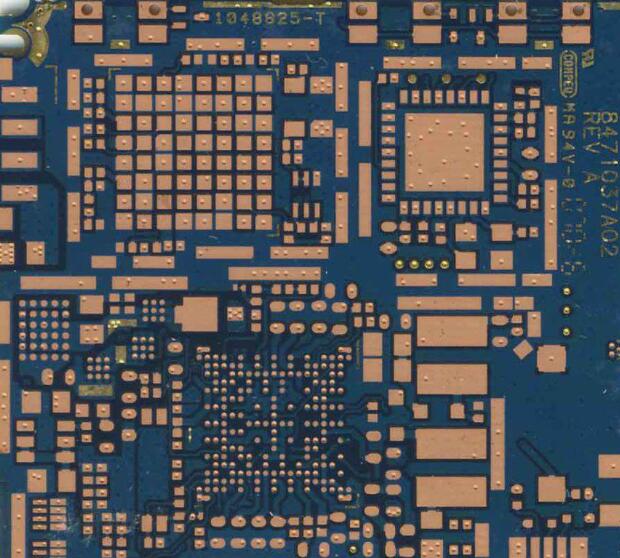Preparation for the production of smt patch processing plants
The Internet era has broken the traditional marketing model, and a large number of resources have been gathered together to the greatest extent through the Internet, which has also accelerated the development speed of FPC flexible circuit boards, and then as the development speed accelerates, environmental problems will continue to appear in PCB factories. In front of him. However, with the development of the Internet, environmental protection and environmental informatization have also been developed by leaps and bounds. Environmental information data centers and green electronic procurement are gradually being applied to the actual production and operation fields.
In addition to the corresponding management work, SMT processing enterprises must also make various preparations before production in the smt patch processing plant to ensure the normal production of products, as well as product quality and output. Otherwise, various problems will occur during the production process and after the production is completed, which will directly affect the production quality and output of the product.
1. Production environment requirements
SMT is a complex comprehensive system engineering technology. Therefore, SNT production equipment and SMT
Conditions such as air, ventilation, lighting, ambient temperature, ambient humidity, air cleanliness, and electrostatic protection are subject to requirements.
(1) Requirements for plant load-bearing capacity, mining, noise, and fire and explosion protection.
1. The bearing capacity of the plant floor should be greater than 8Kn/㎡.
2. Vibration should be controlled within 70dB, and the maximum value should not exceed 80dB
3. The noise should be controlled within 70ABA.

4. Flux, lotion, Yuanshui B and other materials used in the SMT production process are handy items. Fire and explosion safety design must be considered in the production area and the production area.
(2) Power supply. The power supply voltage and power must meet the equipment requirements. The power supply of the equipment requires independent grounding.
(3) Air source. The pressure of the air source should be configured according to the requirements of the equipment.
(4) Wind and flue gas emission and annual treatment. Both reflow soldering equipment and wave soldering equipment have exhaust and flue gas emission requirements. Exhaust fans should be configured according to GBJ4-73, TJ36-90, GB7355-87 standards and equipment requirements.
The air pollution in the SMT production site mainly comes from the smoke and dust generated during wave crest connection, reflow connection and manual soldering. The main components of soot are lead, tin vapor, ozonide, carbon monoxide and other gases. Among them, lead vapor is the most harmful to human health.
Therefore, effective measures must be taken to purify the air at the production site. Install a smoke filter on the workstation to absorb and filter out harmful gases.
The leather produced during production should be treated according to the standards of GB4-7B, T36-90, and GB7BS5-87. For example: separate collection of waste gasoline, ethanol, cleaning fluid, waste gas solder paste, patch glue, flux, solder slag, component packaging bags, etc., and hand it over to a unit capable of processing and complying with national environmental protection requirements. iPCB has passed ISO9001:2008, ISO14001, UL, CQC and other quality management system certifications, produces standardized and qualified PCB products, masters complex process technology, and uses professional equipment such as AOI and Flying Probe to control production and X-ray inspection machines. Finally, we will use double FQC inspection of appearance to ensure shipment under IPC II standard or IPC III standard.